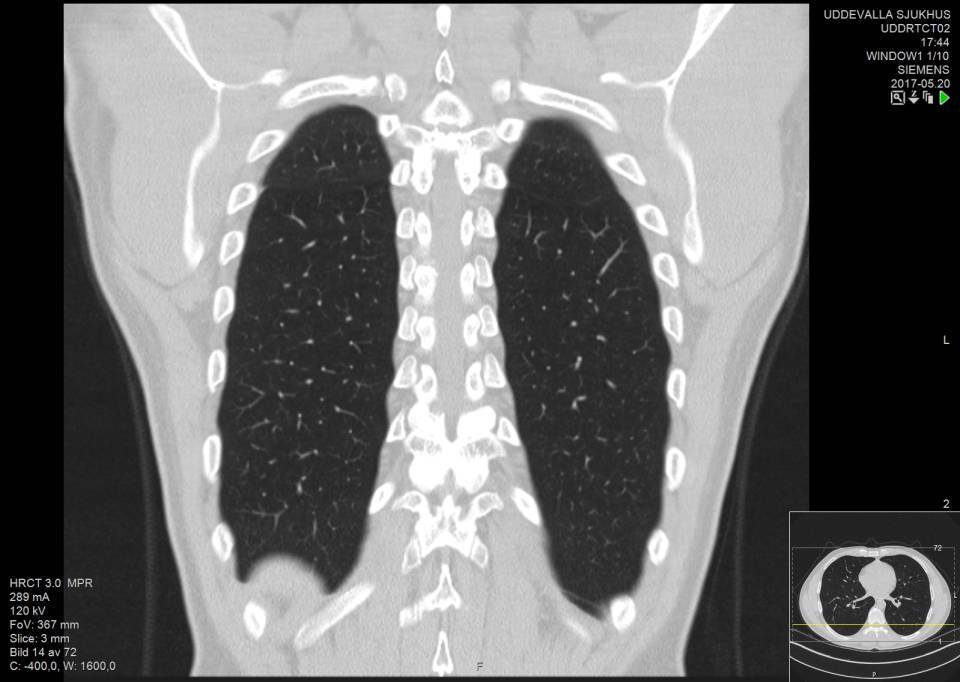The main strategy used by the scientific and medical community to reduce the incidence rate of lung cancer has traditionally been prevention. Tobacco is the cause of 90% of lung cancer diagnoses, which means that quitting smoking significantly reduces the incidence of this cancer.
Many well-known campaigns have been used to try and inform the population and persuade people to quit smoking, but despite this, the impact on the number of smokers and the reduction in the incidence of lung cancer has not been as great as hoped. Nowadays, more than 20% of the Spanish population confirms that they smoke every day, and 26% consider themselves ex-smokers. These important figures on smoking have meant that a large number of lung cancers continue to be diagnosed.
After seeing that the prevention strategy was not enough, the scientific community had to implement other strategies to fight this disease, whilst also maintaining preventative efforts. One of the major problems with lung cancer, and the factor that causes such high mortality, is the delay in diagnosis. Furthermore, 75% of patients are diagnosed with lung cancer when they are already in an advanced stage of the disease. The main treatment, surgery, can no longer be used and treatment options are drastically reduced.
This makes it even more evident that lung cancer needs to be detected early so that patients are diagnosed in the initial stages of the disease, so they can be offered surgery with a much more favourable prognosis than in advanced stages.
Previously, lung cancer screening was done with a chest x-ray, but studies did not show that this reduced general mortality for lung cancer.
With the introduction of computerised tomography (CT) scans, many studies were launched to evaluate the possibility that this imaging test, which is more sensitive and higher quality than an x-ray, could detect lung cancers earlier. The final and most significant of these is the NELSON study.
This study consisted of carrying out a low-dose CT scan in those patients who met certain criteria that put them at high risk of developing lung cancer. The mortality of these patients was compared to a control group who were not given the CT scan.
The results, presented at the end of 2018 and published recently, showed that in men, the reduction in mortality due to lung cancer at 10 years is 26%. In women, the reduction was even more significant, with a decrease of 61%. As such, these programmes have enough scientific backing to be launched.
Due to the significant benefits that this type of screening offers to the population, Hospital Clínic is working to launch a programme. The project is led by Dr Molinos and supported by the hospital’s Thoracic Tumour Unit. Various meetings have already taken place with the heads of the Catalan Public Health Service, CatSalut, as well as the heads of Oncology at the Generalitat’s Department of Health. It is hoped that this screening scheme will begin within a few months. Given the results obtained in different clinical trials, it will no doubt allow many lung cancer diagnoses to be made earlier and will, therefore, reduce mortality.
Author: Dr David Sánchez, thoracic surgeon at the Clínic Respiratory Institute




